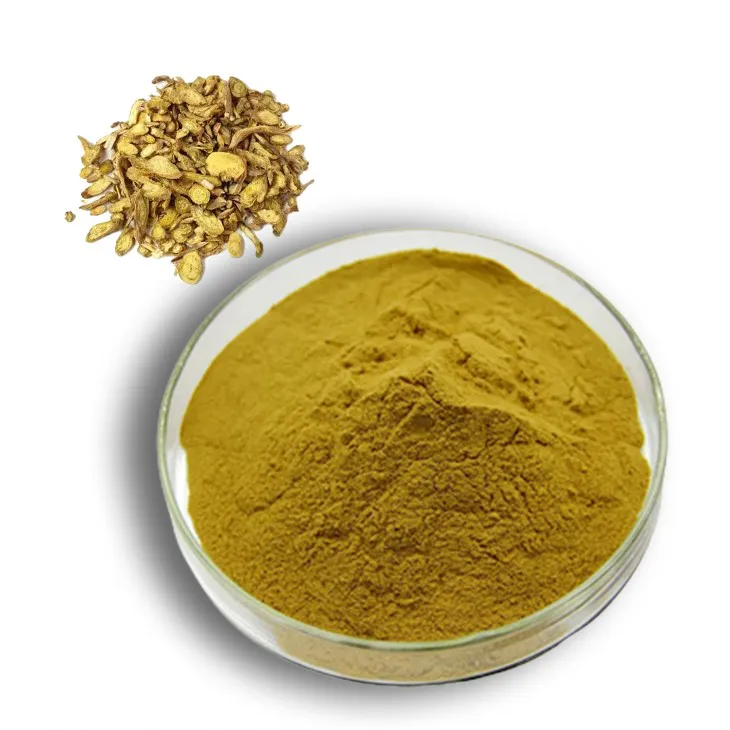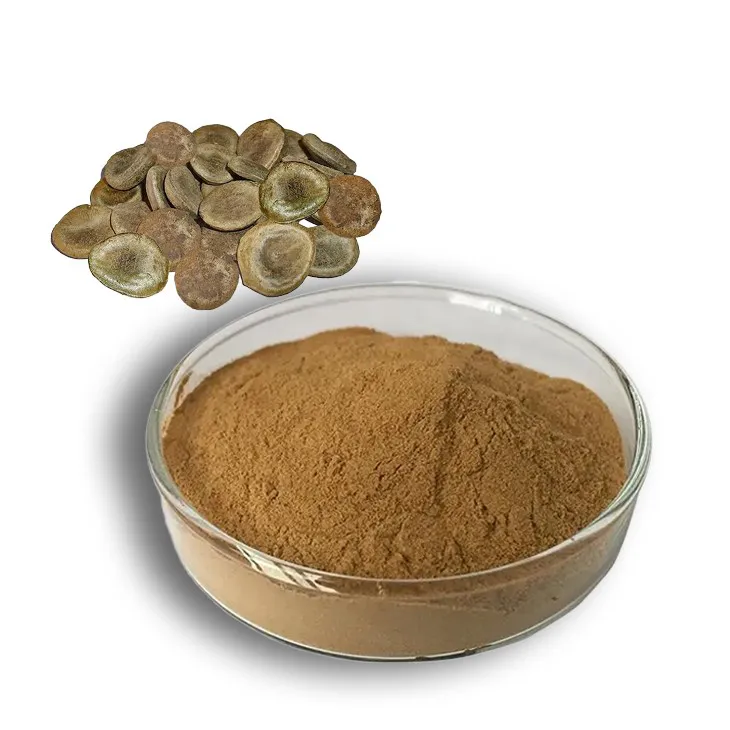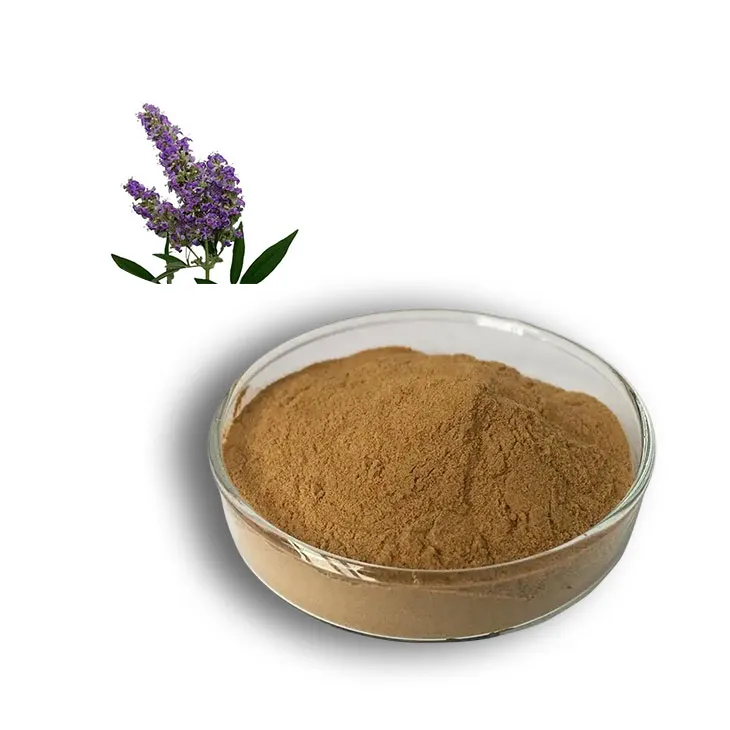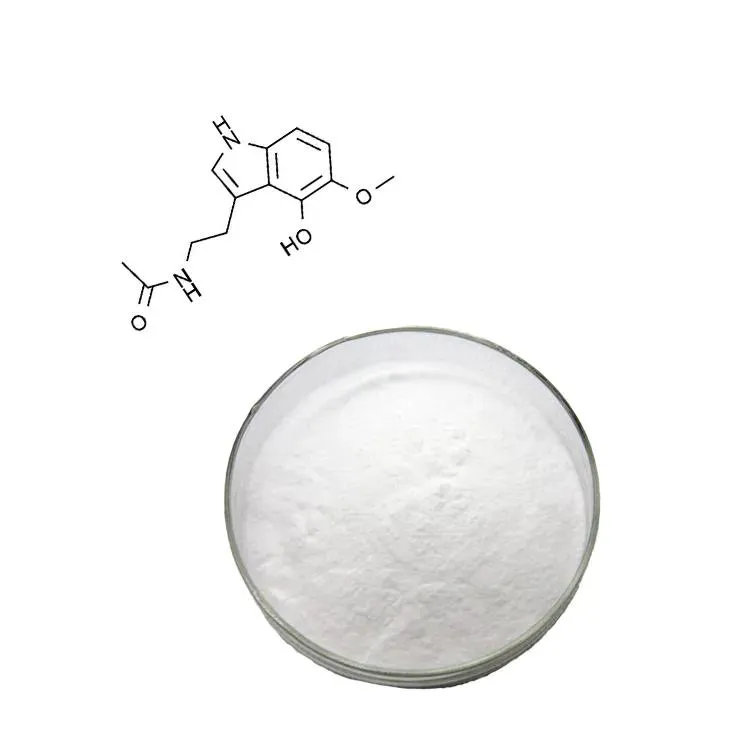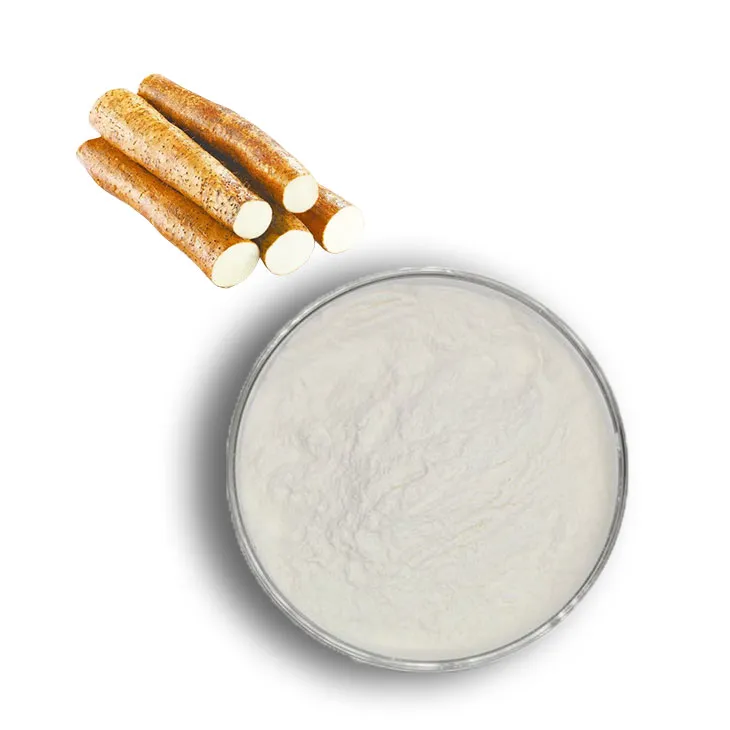- 0086-571-85302990
- sales@greenskybio.com
Does finasteride affect testicle size?
2025-10-27
Finasteride is a medication commonly prescribed for two main purposes: the treatment of benign prostatic hyperplasia (BPH), commonly known as an enlarged prostate, and androgenetic alopecia, widely recognized as male pattern baldness. Its effectiveness in these areas has made it a noteworthy option in pharmacotherapy. However, like any medication impacting hormonal balances, questions about side effects, particularly on male reproductive organs, are prevalent. One such question is whether finasteride affects testicle size. This article provides a detailed exploration of this topic, reviewing the scientific evidence and addressing concerns about finasteride's impact on testicular size.
Understanding Finasteride
Finasteride functions as a 5-alpha-reductase inhibitor, meaning it blocks the enzyme responsible for converting testosterone to dihydrotestosterone (DHT), a potent androgen hormone. High levels of DHT are associated with the development of BPH and contribute to hair follicle miniaturization in androgenetic alopecia. By reducing DHT levels, finasteride helps decrease prostate volume in BPH and promotes hair regrowth or slows hair loss in men with baldness.
The Mechanism's Broader Role
While finasteride's primary targets are the prostate and hair follicles, it affects androgen levels systemically, raising questions about its impact on other androgen-dependent tissues, including the testicles. The testicles serve as a site of testosterone production, and any perceived interference in the testosterone-DHT pathway can raise concerns about structural or functional changes within this vital reproductive organ.
Scientific Evidence and Studies
The existing scientific literature on finasteride primarily focuses on its efficacy and common side effects, including sexual dysfunction and hormonal changes. However, very limited research specifically addresses the direct impact of finasteride on testicle size. Most evidence pertaining to this concern comes from indirect data and reported side effects or through patient anecdotes.
Clinical Trials on Finasteride: Large-scale clinical trials assessing finasteride's effectiveness in treating BPH and hair loss do not typically cite changes in testicle size as a common or significant side effect. Primary documented side effects involve sexual functions, such as decreased libido, erectile dysfunction, and alterations in semen volume, but these do not inherently indicate modifications in testicular size.
Hormonal Impact: Finasteride decreases DHT levels while maintaining or slightly increasing circulating testosterone levels. Theoretically, the balance between testosterone and DHT does not directly suggest a mechanism that would cause a decrease in testicular size. Instead, substantial hormonal imbalances or deficiencies often indicate changes in the testicular structure, not mild alterations of particular pathways.
Patient Anecdotes and Case Reports: Discussions on online forums and anecdotal reports sometimes include references to perceived testicular shrinkage among finasteride users. However, these accounts are subjective and lack controlled or scientific validation. Case reports may capture the nuances of individual experiences but do not constitute broad-based evidence for causational effects.
Endocrinological Perspective
From an endocrinological standpoint, testicular size is influenced by several factors linked to hormonal production and balance, such as testosterone production, the volume of Sertoli and Leydig cells, and sperm production. Finasteride's action primarily affects the conversion pathway rather than the total production of hormones.
In general practice, when hormonal therapies interfere with gonadotropin release or overall testosterone levels, significant testicular changes are observed, as found with conditions like hypogonadism or with the use of anabolic steroids. However, finasteride's effect on circulating testosterone does not usually lead to critical fluctuations, corroborating the limited reports of true testicular reduction.
Possible Explanations for Perceived Change
There are several explanations for perceiving changes in testicular size without objective measurement:
Psychological Influence: Pre-existing anxiety or expectation bias about medication side effects may contribute to the perception of changes that are not physically present.
Placebo or Nocebo Effects: Expectations of negative outcomes can induce genuine symptoms due to psychological rather than physiological changes.
Temporary Fluctuations: Natural variations in temperature and physical conditions can affect testicular size and positioning. Temporary increases and decreases are common in response to environmental factors unrelated to medication use.
Considerations for Finasteride Users
While concerns about reproductive health are valid, understanding finasteride's pharmacodynamics and the evidence surrounding its use can provide valuable reassurance. Users experiencing significant or distressing changes in reproductive health are encouraged to consult healthcare professionals for assessment and alternative options.
Conclusion
To summarize, no substantive scientific evidence corroborates the notion that finasteride directly affects testicle size. While user anecdotes express concerns, they may better reflect individualized experiences rather than broad, pharmacologically-driven effects. Finasteride remains a valid therapy for its intended uses while highlighting the importance of personalized medicine practices, thorough patient-provider communication, and awareness of both psychological and physiological factors influencing perceived experiences.
Efforts to further understand residence-specific testicular impacts can be made through targeted studies prioritized by pharmaceutical research. Meanwhile, finasteride users should consider its risk-benefit profile—relying on high-quality evidence and the guidance of experienced professionals as their cornerstone for informed medical decision-making.
- ▶ Hesperidin
- ▶ citrus bioflavonoids
- ▶ plant extract
- ▶ lycopene
- ▶ Diosmin
- ▶ Grape seed extract
- ▶ Sea buckthorn Juice Powder
- ▶ Beetroot powder
- ▶ Hops Extract
- ▶ Artichoke Extract
- ▶ Reishi mushroom extract
- ▶ Astaxanthin
- ▶ Green Tea Extract
- ▶ Curcumin Extract
- ▶ Horse Chestnut Extract
- ▶ Other Problems
- ▶ Boswellia Serrata Extract
- ▶ Resveratrol Extract
- ▶ Marigold Extract
- ▶ Grape Leaf Extract
- ▶ blog3
- ▶ Aminolevulinic acid
- ▶ Cranberry Extract
- ▶ Red Yeast Rice
- ▶ Red Wine Extract
-
Scutellaria Extract
2025-10-27
-
Kupilu Extract
2025-10-27
-
Lily extract
2025-10-27
-
Lemon Juice Powder
2025-10-27
-
Chasteberry Extract
2025-10-27
-
melatonin extract
2025-10-27
-
Shikone Extract
2025-10-27
-
Uridine-5'-monophosphate Disodium salt
2025-10-27
-
Green coffee bean Extract
2025-10-27
-
Yam Extract
2025-10-27











